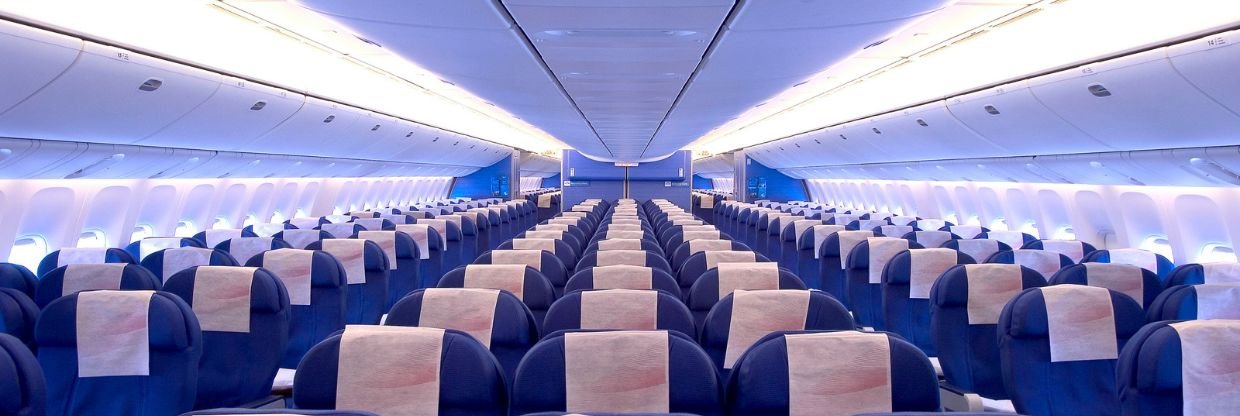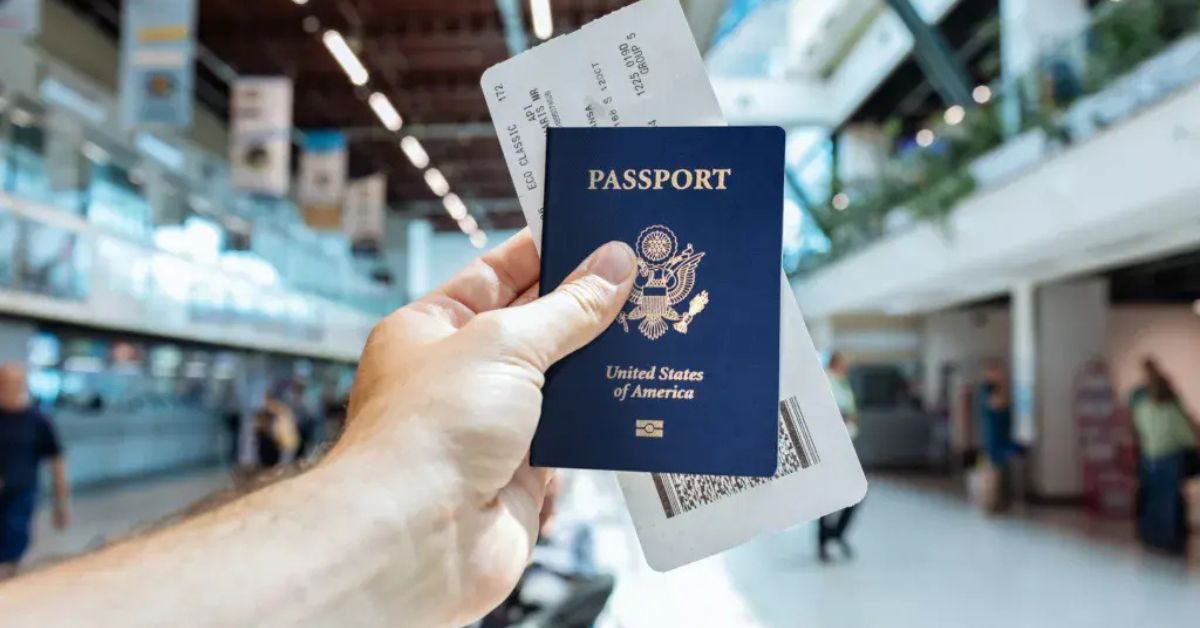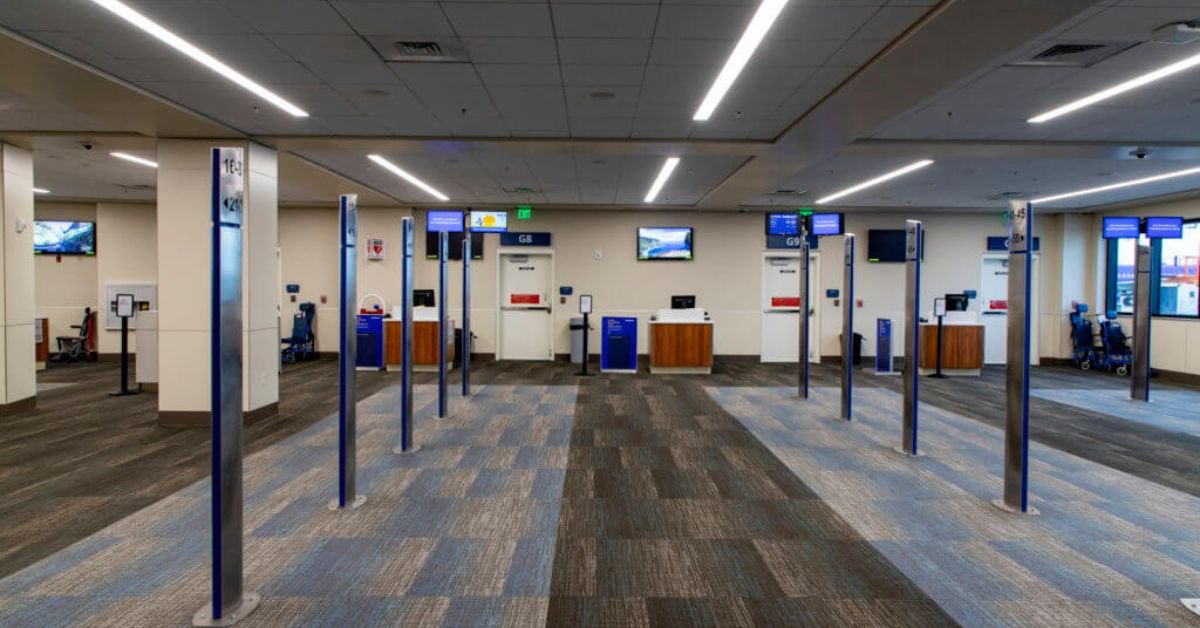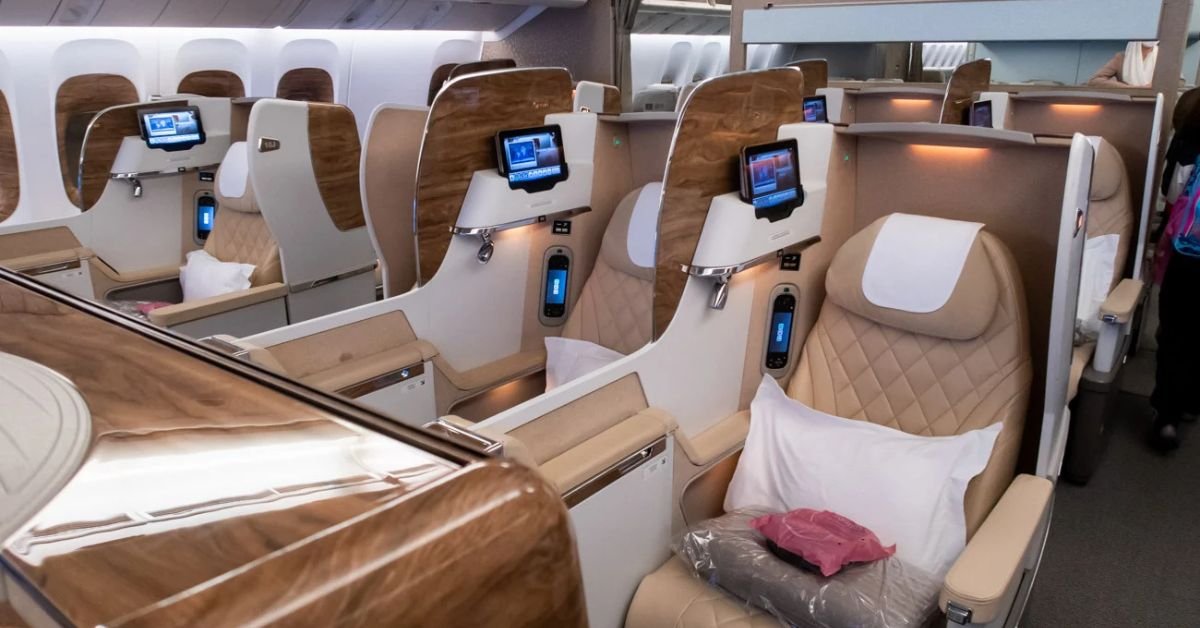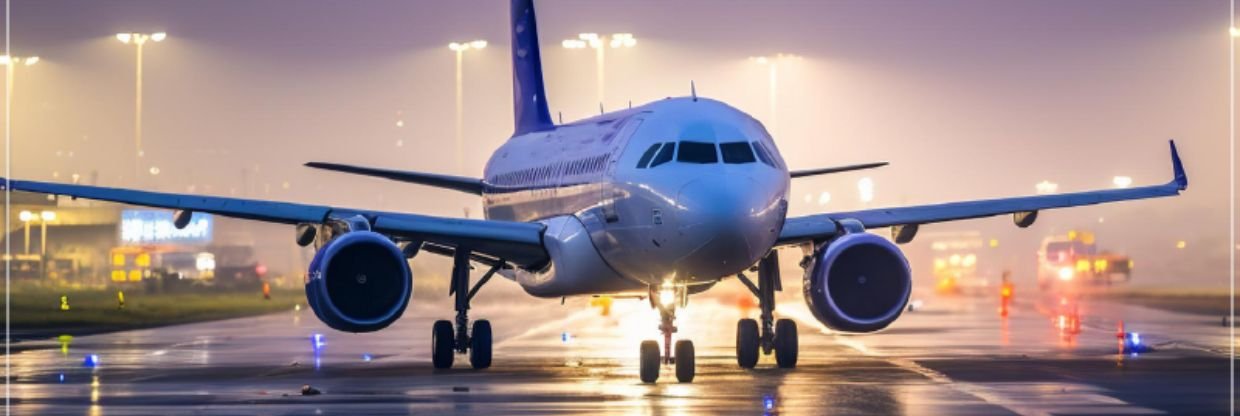Every aircraft has seats against a bulkhead, a wall dividing the cabin into crew spaces, galleys, or other service classes. Some travelers may be drawn to these seats because they offer more legroom and better service. Others find that there is no space to stretch out and less legroom in these seats, making them a dreaded assignment.
Regardless of your perspective, bulkhead seats on airlines worldwide have a range of benefits and drawbacks. If you travel frequently, you will undoubtedly have the chance to select a bulkhead seat. Therefore, it’s critical to comprehend the variations in these seats.
What is a Bulkhead Seat on an airplane?
An aircraft may have bulkhead seats in several locations. These chairs typically face a fixed wall straight ahead, which separates them from other seating areas in the cabin. There are seats in the forwardmost section of almost every aircraft, facing the forward gallery and entry door wall. Larger airplanes may have additional bulkhead walls, typically used to separate service classes (first class and economy, for example) or to provide space in front of mid-cabin bathrooms.
Bulkhead Seats: PROS!
Now it’s time to discuss the pros of getting a bulkhead seat. Once you get access to this seat, a benefits gateway will open.
Extra Legroom:
A bulkhead reduces the space for feet because it is a fixed wall, often leaving more legroom between the seat and the wall. This allows passengers to spread out without feeling confined by a wall.
Priority Boarding:
In many airplanes, passengers with bulkhead seats enjoy priority boarding. This means they board the plane before most other passengers because of the airplane seating arrangements. While booking, you can hook the bulkhead seats if you enjoy the experience of sitting on these seats.
Ease of Deplaning:
The passengers sitting in the front bulkhead seats of the plane get access to deplaning the aircraft first as they are in the front row. You’ll be the first ones to deplane, exit the terminal, and make your way out of the airport.
Easier Access:
The bulkhead seats make movement much more accessible for window and middle-seat passengers. They allow much more movement than other seats. You can get into the aisleway or get up in mid-flight without any issue. Other seatmates don’t have to stand up regularly to provide you space to move around.
First Chance for Service:
Since bulkhead seats are typically found in the front section of the cabin, they frequently have first dibs on meals, snacks, and beverages. However, remember that several bulkhead seats can be dispersed across a larger aircraft; in these cases, bulkhead seats are not all equal in terms of service.
Easier to Sleep:
If you want a sound sleep, the bulkhead seats are perfect as you’ll be away from any light that might distract you. The solid wall in front of you reduces the majority of light in your eyes. The reading lights are usually quite disturbing, and if you’re seated farther back, you might get disturbed by the overhead reading lights. But you need not worry about all this as you’ve got the best seating place.
No Recline From the Seat in Front:
One of the best things about being at a bulkhead is that you are positioned behind a wall, so you are not concerned about the seat in front of you reclining. This function will be convenient if you prefer to work on your laptop because it eliminates the need to tilt the screen to prevent mishaps. This is the most comfortable position you can be seated in, as you don’t need to worry much about who is sitting in front of you.
Bulkhead Seats: CONS!
Now, let’s delve into the cons of getting a bulkhead seat.
Need To Store Baggage:
You must put your bags in the overhead bin when seated in a bulkhead seat. Since bags cannot be placed at the bulkhead, you won’t be able to quickly access these items without getting up and searching through the overhead bin. A bulkhead seat is not for you if you love to reach your suitcase frequently during the flight.
Paid Seats:
The bulkhead seats are more expensive and are given to elite passengers in response to the loyalty program. They are often very costly for regular passengers and have a price tag. The price of these seats depends a lot on the length of the flight, and they become expensive depending on the size of the flight.
Tray Tables:
The tray tables are usually stored within the armrest of the bulkhead seats. They are stored in a solid box beneath the armrest that covers a bit of the width of the seats, and as the seat space is reduced, it becomes uncomfortable for those who are a bit large in size. This becomes a huge disadvantage for many passengers, and thus, they avoid booking these seats.
Inflight Entertainment Storage:
Bulkhead seats on airplanes equipped with in-flight entertainment systems frequently have these screens hidden in the armrests, which must be locked during takeoff and landing. These screens are often located on the seatbacks of traditional non-bulkhead seats; however, bulkhead seats are required to retract them during critical flight segments, which means that these passengers may have to miss out on movie time or have their shows cut short. Bulkhead seats might not be for you if you prefer to see movies through to the end.
Bassinet Seats:
The bulkhead seats are a no if you want a sound and calming flight away from the crying child. The bassinet seats (baby beds) are located within a bulkhead in many planes. Thus, if you don’t want to sit around a child, you can book other seats on the airplane.
Limited Legroom:
The bulkhead seats’ legroom depends on the aircraft’s design. The walk can help you stretch your legs or make it more miserable by placing the seats close to these walls. You can only guess the legroom if you board the plane and witness it with your own eyes.
Let’s end here!
Bulkhead seats have advantages and disadvantages; if you fly frequently enough, you’ll either love or despise them. Even though bulkhead seats often have more legroom and are the first to be served on board, you should always stow your baggage and in-flight entertainment.
Sure, travelers seek these seats, while others steer clear of them like the plague. Whatever your inclination, it’s critical to comprehend how these seats differ so that you can do it with more knowledge the next time you choose a seat on a large airline.
Readers’s Q&A Section!
It is a wall separating the aircraft’s sections, like the first class and economy class, and the cockpit from the passenger class. It maintains the structural integrity.
These chairs typically face a fixed wall straight ahead, which separates them from other seating areas in the cabin. They are much more legroom.
Yes, it is on the side of the bottom of the seat. Passengers can access it using the button on the armrest. You can pull it up and enjoy the entertainment system.
is a wall separating the aircraft’s sections, like the first class and economy class, and the cockpit from the passenger class. It maintains the structural integrity.
They can be good or bad, depending on the passenger’s preferences and choices. The blog above discusses all the pros and cons so you can quickly compare them.
Mostly, the airlines make these seats premium and charge at a very high rate because of the demand among the passengers. Some airlines reserve them for elite passengers as a loyalty program.
Here are free cons: limited legroom, paid seats, need-to-store bags, tray tables, inflight entertainment storage, and bassinet seats.
Yes, they do have entertainment options. The entertainment system is on the side of the bottom of the seat. Passengers can access it using the button on the armrest. You can pull it up and enjoy the entertainment system.

